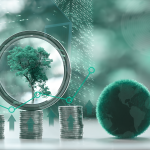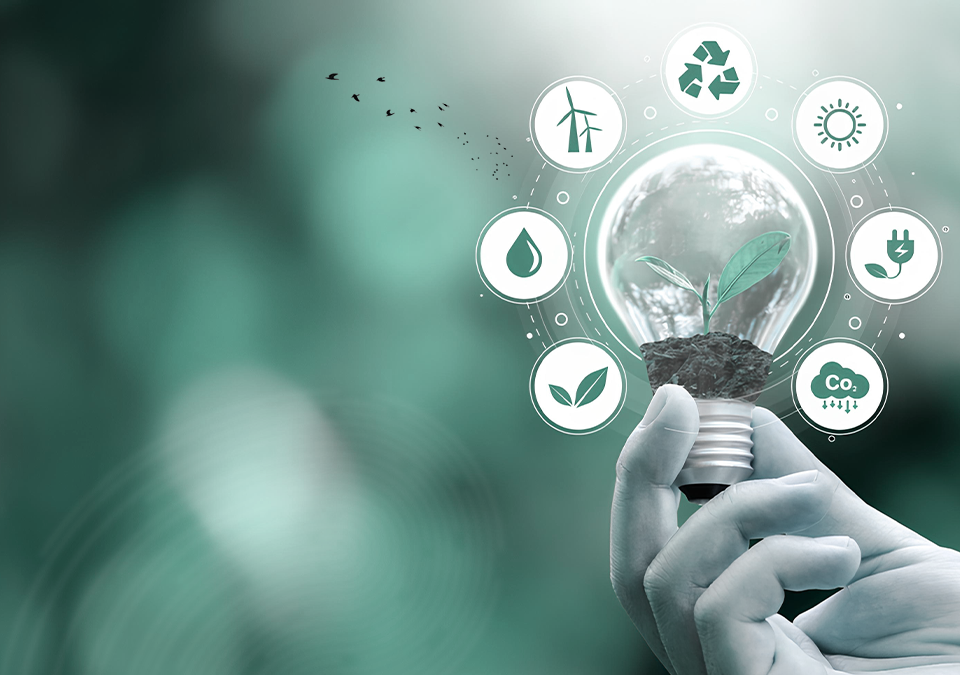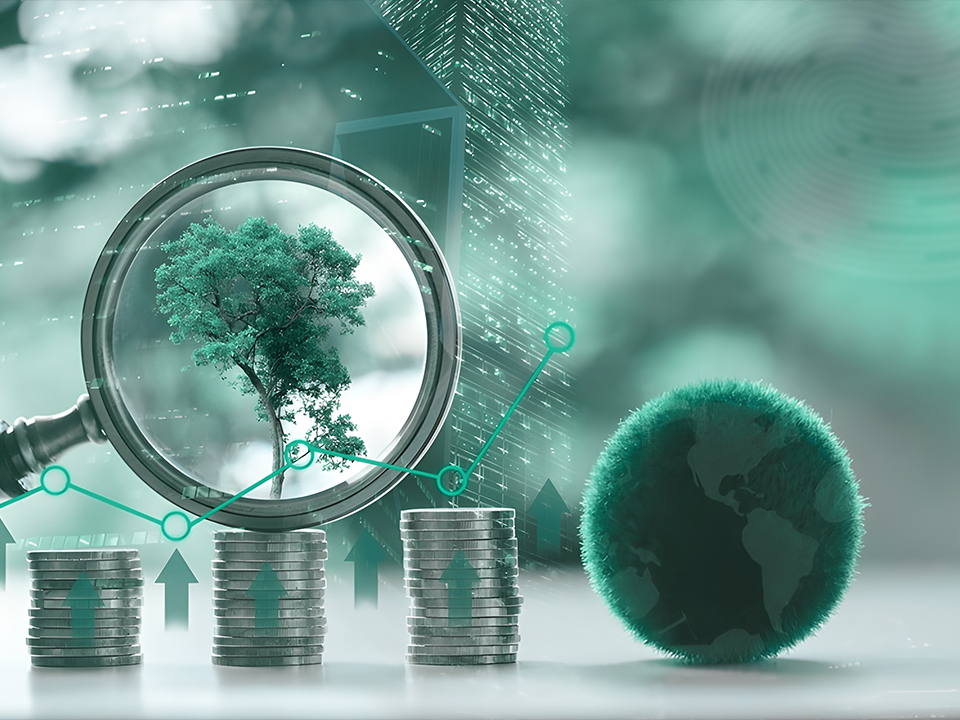
Finance As A Force For Good
January 8, 2025
How The Arts Inspire Sustainability And Change
January 13, 2025What Role Do Project Managers Play
In Sustainability?
Corporate sustainability is not a box-checking exercise. It’s a cultural shift—one that requires support and buy-in at every level of an organization. Each person has a role to play, and that includes project managers. In this article, we’ll explore how project managers can weave sustainability into their approach to achieve results that align with their organization’s ESG goals
Why Sustainability Matters
Sustainability is an important element of environmental, social, and governance (ESG) initiatives. As ESG becomes increasingly important—to consumers, regulators, stakeholders, and investors— it’s in an organization’s best interest to embrace more sustainable ways of doing business.
The benefits are far-reaching: simplified compliance, improved reputation, market longevity, competitive advantage, and cost savings, to name a few. In addition to these business wins, sustainable practices minimize environmental degradation. They reduce carbon emissions, water use, and resource exploitation.
What Is Sustainable Project Management?
Sustainable project management is the practice of integrating environmental, social, and economic sustainability into every phase of a project’s life cycle—from design to execution and delivery. In practice, that might mean:
Taking steps to reduce pollution, recycle waste, and minimize resource usage.
Upholding ethical labor practices and engaging the local community
Using cost-effective approaches that ensure long-term financial sustainability.
Project managers can approach sustainable project management in many different ways, depending on the project’s scope and industry.
There are also sustainable frameworks and standards available. Examples include PRiSM (Projects integrating Sustainable Methods) and the P5 Standard.
How To Achieve Sustainable Project Management
If you are a project manager interested in sustainability, consider following these steps.
Step 1: Define Your Sustainability Goals
Before you map your sustainability actions, get clear on what you’d like to achieve.Your measurable, project-specific objectives should align with the organization’s broader ESG goals. For example, you might aim to:
• Reduce your carbon footprint by 20% compared to the last project.
• Use 10% fewer resources.
• Implement a social impact assessment and use your findings to guide planning and execution.
Step 2: Engage Stakeholders
Consult with stakeholders, including project teams, communities, and regulators. Find
shared sustainability priorities and discuss how the project can help you achieve
them.
Consider setting up a transparent feedback mechanism so stakeholders can share
their thoughts and input throughout the project’s life cycle.
Step 3: Perform a Sustainability Assessment
Evaluate the expected environmental, social, and economic effects. This might include looking at the project’s cost-efficiency, community impact, or carbon footprint.
Step 4: Create a Sustainability Plan
This document will explore alternative approaches to ensure you meet your
sustainability objectives. Detail your strategies and concrete actions. Be highly
specific, set milestones, and give yourself a timeline to follow.
Remember, even small changes can help you achieve your goals. You might take a virtual meeting instead of traveling, for example, to cut down on emissions.
Step 5: Use a Sustainability Breakdown Structure (SBS)
Step 6: Monitor and Improve
Sustainability isn’t a set-it-and-forget-it process—it requires ongoing attention. Start by using a Sustainability Index (SI) to measure how well your project is aligning with its sustainability goals.This tool combines key performance indicators (KPIs) like environmental impact, resource efficiency, and social outcomes into a single score.
Regularly report your findings to stakeholders to maintain transparency and accountability. Be open to feedback and ready to pivot if the data shows you’re veering off course. Once the project wraps up, take time to evaluate what worked and what didn’t. Document lessons learned and refine your approach for the next project. If you’re using global standards like PRiSM, these can provide a structured framework to guide your post-project review and ensure you’re always improving. Sustainability is an evolving target—keep building on your successes.
Challenges And Opportunities For Project Managers And Sustainability
Sustainability is a business imperative, but that doesn’t mean bringing it into project management is straightforward. Instead, it requires careful planning, collaboration, and the ability to adapt. Here are some of the challenges you might face along the way:
You'll need to balance traditional project constraints like time and cost with your sustainability goals. Conflicting priorities among stakeholders can stall progress if sustainability isn't aligned with everyone's expectations or interests.
Your team might not have extensive or niche expertise in applying sustainability frameworks or integrating ESG principles.
Regulatory complexity can feel overwhelming as you navigate evolving compliance standards across industries and regions.
Resistance to change from within the team or stakeholders can slow the adoption of sustainable practices.
But for every challenge, there’s an opportunity. Sustainability can become your project’s greatest strength. It can inspire you to innovate and pioneer new methods and technologies. You become an industry leader, and this attracts exciting partnerships with like-minded companies. It also draws in investment and secures customer loyalty. Plus, over time, your energy- and resource-efficient systems save yourorganization money.
Lead The Way In Sustainable Project
Management
When you’re on the cutting edge of sustainable project management, it can feel like exploring
new territory. Now’s the time to lean into the challenge, embrace green innovation, and inspire
your team and your community to push the boundaries. Together, you can create meaningful
change and help build a brighter, greener future for everyone.




